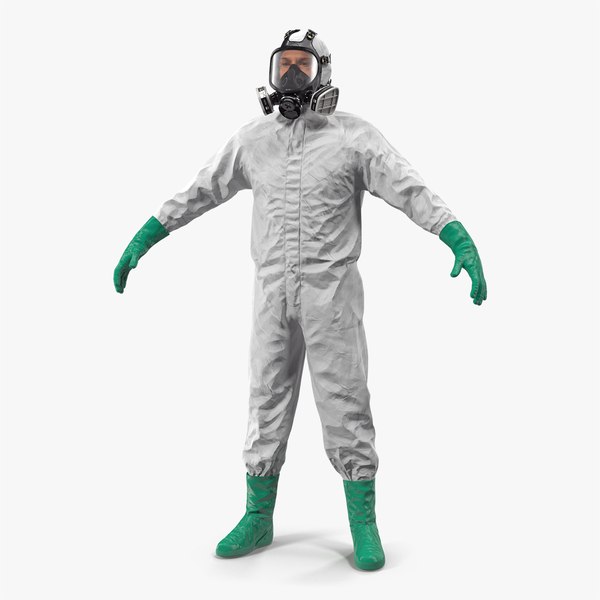ten. Don Ihde, Technology and the Lifeworld: From Garden to Earth (Bloomington: Indiana University Press, 1990), 141. Subsequent references will be cited in the text. nine. Michael Heim, Electric Language: A Philosophical Study of Word Processing (New Haven, CT: Yale University Press, 1987), 152. Subsequent references will be cited in the textual content. Clearly the typewriter and the phrase processor are likely faster than the pen and the pencil, at the very least for longhand. A journalist close friend of mine who hates computers and almost constantly prefers to publish with pencil or pen tells me that she feels not so much technologically challenged as temporally challenged by both electric and electronic writing systems. Words turn into high-lighted, vanish at the thrust of a button, then reappear instantly at will» in this «frictionless electric powered element.»9 (In this regard the callus on my finger also-and indelibly-reminds me that my system and the composing materials it engages are marked by various levels of friction and resistance in the making of the mark.

 In this regard it is telling that the phrase belles lettres first emerged among 1630 and 1699, a period that marks the emergence of mechanical print culture. Although print has existed because the Gutenberg push, insofar as broad cultural understandings of producing by hand are concerned Thompson also points out: «As late as the seventeenth century, adult males and women of all ages rarely recognized an affiliation between an personal and his or her script. In order for this to take place, we, as a motion and as bisexual women of all ages, initially require to assert two essential understandings: initially, that women of all ages have the ideal to be sexual when and having said that they wish and 2nd, that women of all ages have the correct not be sexual every time and however they want. No luxurious, but an abundance of these utensils is necessary.»4 And in an job interview entitled «Un rapport presque maniaque avec les devices graphique,» Roland Barthes obsessed about his «problems in finding the right form of pen.»5 For example, now that I use the computer for crafting anything at all a lot more than notes or lists, contemplation of the «bumpy» callus on the third finger of my ideal hand fills me with a certain ponder. » Furthermore, Ihde notes how his «fascination with the real look of the script, whose lettering could be rather stunning in that the curves and varying scribing could attain aesthetic good quality,» led him to a rediscovery of the «art» of that design of producing we affiliate with belles lettres.10 Ihde describes and contrasts his own various ordeals with diverse composing systems («the dip ink pen, a typewriter and the phrase processor») inside a broader consideration of the phenomeno-logic of our embodied relations with, as he places it, «technologies-in-use.» Although he emphasizes that technologies (here, writing systems) do not determine the subject’s intentional actions, he also emphasizes that technologies are by no means neutral, and therefore, to various levels, they inform our actions: «Technologies, by delivering a framework for motion, do sort intentionalities and inclinations inside of which use-designs consider dominant form.» Thus, he tells us: «I could not declare that the use of the dip pen ‘determined’ that I produce in the design of belles lettres, but the propensity or inclination was absolutely there» (141). Certainly, the cause for writing is a cultural element in qualifying any stylistic chance or influence imposed by the specific materiality of producing.
In this regard it is telling that the phrase belles lettres first emerged among 1630 and 1699, a period that marks the emergence of mechanical print culture. Although print has existed because the Gutenberg push, insofar as broad cultural understandings of producing by hand are concerned Thompson also points out: «As late as the seventeenth century, adult males and women of all ages rarely recognized an affiliation between an personal and his or her script. In order for this to take place, we, as a motion and as bisexual women of all ages, initially require to assert two essential understandings: initially, that women of all ages have the ideal to be sexual when and having said that they wish and 2nd, that women of all ages have the correct not be sexual every time and however they want. No luxurious, but an abundance of these utensils is necessary.»4 And in an job interview entitled «Un rapport presque maniaque avec les devices graphique,» Roland Barthes obsessed about his «problems in finding the right form of pen.»5 For example, now that I use the computer for crafting anything at all a lot more than notes or lists, contemplation of the «bumpy» callus on the third finger of my ideal hand fills me with a certain ponder. » Furthermore, Ihde notes how his «fascination with the real look of the script, whose lettering could be rather stunning in that the curves and varying scribing could attain aesthetic good quality,» led him to a rediscovery of the «art» of that design of producing we affiliate with belles lettres.10 Ihde describes and contrasts his own various ordeals with diverse composing systems («the dip ink pen, a typewriter and the phrase processor») inside a broader consideration of the phenomeno-logic of our embodied relations with, as he places it, «technologies-in-use.» Although he emphasizes that technologies (here, writing systems) do not determine the subject’s intentional actions, he also emphasizes that technologies are by no means neutral, and therefore, to various levels, they inform our actions: «Technologies, by delivering a framework for motion, do sort intentionalities and inclinations inside of which use-designs consider dominant form.» Thus, he tells us: «I could not declare that the use of the dip pen ‘determined’ that I produce in the design of belles lettres, but the propensity or inclination was absolutely there» (141). Certainly, the cause for writing is a cultural element in qualifying any stylistic chance or influence imposed by the specific materiality of producing.
Here, as Ihde observed of his inclination to write belles lettres when he utilised the dip pen, the idea of existential design and style emerges-a model that «character-izes» the matter of writing as a lot as it does the composed object. Unlike my upright posture at the typewriter or pc, when I wrote with pencil or pen, I usually curled my body ahead toward the protective halfcircle of my left arm-whether I was sitting at a desk or table, sprawling on floor or bed, or propped up with a pad resting towards my knees, whether I was dreamily crafting a poem or anxiously getting a take a look at at college. It brings back again bodily memories from childhood and adolescence: best-free-live-cams of tightly gripping a pencil or pen, of writer’s cramp, of pressing into distinctive textures of paper to fulfill various forms of reception and resistance. Thus, there is a inclination to publish «long» on the pc, to lose sight (literally) of how several «pages» (content sheets of paper) there are-or must be-in relation to a provided challenge. However, when I create more indelibly in ink, «committing» pen to paper (when do we ever use the term commit in relation to pencil, typewriter, or phrase processor?
I constitute the enabling probability not only to physically use but also to materially make the «fine position. » It is as though my views go via an enhanced approach of discrimination and refinement so that they are capable to emerge bodily by means of the specific and refined materiality of the pen nib. Moving from pencil and pen to typewriter as my principal know-how, I wrote a lot more prose than poetry, and my prose grew to become relatively a lot more staccato. Is there some specific story or incident you are talking about in the e-book that you have much more information about? Whatever particular areas of working experience are amplified or minimized by way of many composing systems, the stage to be produced here is that my existential type and my composing design are correlated-and insofar as I incorporate diverse technologies of composing I am also integrated by them. If print was the impersonal solution of a equipment, then script became the generation of the hand, bodily-and conceptually-joined to the human becoming who creates it.»13 Yet even so own and nontechnological a issue as one’s personal handwriting may possibly change, along with one’s method, in response to a specific composing technological innovation. As Tamara Plakins Thornton notes: «Only at this level did script come to be defined as distinct from print.